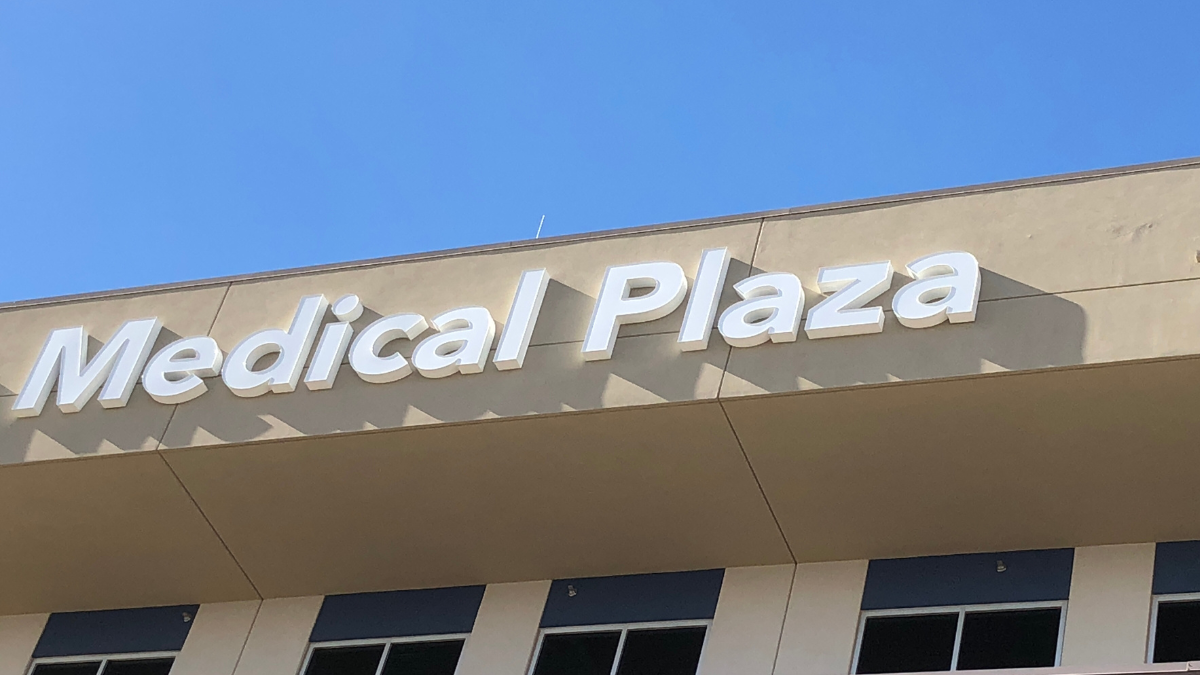Key Challenges Facing Medical Office Tenants in 2025
Labor Shortages & Workforce Stress
Healthcare tenants face ongoing staffing shortages, making office location and layout critical to attract and retain talent. Sites must reduce commute times and support efficient workflows to ease staff burnout.
Rising Occupancy Costs
With construction costs, CAM charges, and rent escalations pushing higher, many physician groups and health systems are struggling to balance real estate expenses with reimbursement pressures.
Limited Availability of Quality Space
High-demand markets like Houston’s MOB corridors have very little Class A space left. Tenants often compete for newer properties with modern layouts, creating longer searches and higher rents.
Need for Flexibility & Scalability
Healthcare delivery models are shifting toward outpatient care. Tenants want shorter lease terms, expansion rights, and options to retrofit spaces for evolving service lines without excessive cost.
Technology Integration Challenges
MOBs must accommodate advanced imaging, telehealth, and digital record systems. Many older buildings lack infrastructure for sufficient bandwidth, power redundancy, or equipment loads.
Regulatory & Compliance Complexity
Healthcare tenants must meet strict codes (ADA, HIPAA, life safety, surgery center accreditation). Compliance issues can slow buildouts, increase costs, and create delays if a building isn’t purpose-built.
Parking & Accessibility
Patient volume depends on easy, reliable access. Inadequate parking ratios, poor signage, or traffic bottlenecks can erode patient satisfaction and reduce throughput for practices.
Landlord Misalignment
Not all landlords understand healthcare’s unique needs (after-hours access, medical waste handling, specialized TI allowances). Misalignment leads to friction, delays, and costly negotiations.





